Jung Pak writes that we must remember that North Korean leader Kim Jong-un has a range of options in his toolkit for coercive diplomacy, beyond the nuclear and missile programs, to advance his objectives. This piece was originally published by the Korea Foundation-Vrije Universiteit Brussel Korea Chair at the Institute for European Studies. It has been lightly updated since its original publication, to reflect additional international meetings that Kim Jong-un has held.
Recently a tremendous amount of attention has been devoted to North Korea, the summit with the U.S. president, and how that might change the trajectory of Kim Jong-un regime’s relationship with the outside world. We must remember that Kim has a range of options in his toolkit for coercive diplomacy, beyond the nuclear and missile programs, to advance his objectives, as demonstrated by the Sony hack in 2014 and the assassination of his half-brother Kim Jong-nam with a chemical nerve agent.
Ever since he offered an olive branch to South Korea in his 2018 New Year’s speech, Kim Jong-un has been engaged in a flurry of diplomatic activities, securing summits with regional and world leaders within the first half of 2018 that would make any leader green with envy. After doubling down on isolation for six years as he embarked on an ambitious—and successful—effort to advance his ballistic missile and nuclear programs, Kim has already met the president of South Korea twice, three times with the president of China, and with the U.S. president in June, and possibly the Russian leader in the near future.
In the past three months, Kim has shown to be a remarkably adroit regional player, first by using its nuclear weapons program to highlight Pyongyang’s strategic relevance and create leverage, and then by using engagement to exploit respective national priorities and to weaken sanction pressure. Kim has been saying the right things to the right people. With Xi Jinping, he has revived his father Kim Jong-il’s old talking points, expressing admiration for China’s economic development, science, and technology, reigniting as yet unrequited Chinese desire for Pyongyang to open up and reform itself with Beijing’s guidance and mentoring. With Moon Jae-in, Kim has invoked the possibility of peace on the Korean Peninsula, finally ending the conflict through a peace mechanism through a Korea-only process. With Donald Trump, Kim seems to be appealing directly to him, using flattery to satisfy his perceived desire to bring peace and a resolution to the North Korean nuclear issue once and for all.
Kim’s use of the hub-and-spokes model of engagement suggests that he is seeking to reshape regional dynamics on his terms, cementing his status as a nuclear weapons power and strengthening his perceived ability to drive events on the Korean Peninsula. Pyongyang is not a “revisionist” power in the same category as China and Russia that “want to shape a world consistent with their authoritarian mode—gaining veto authority over other nations’ economic, diplomatic, and security decisions” according to the 2018 U.S. National Defense Strategy. North Korea’s ambitions are probably not expansionary, given its focus on internal security. Even if it were, North Korea’s “rogue” nation status, its crippled economy and the weight of sanctions, and its unique political ideology, almost certainly will not win any converts in the international community or have enough power to woo even the weakest states.
Yet Kim Jong-un has been expanding, sharpening, and demonstrating tools for coercive diplomacy. The cyberattack on Sony was a sobering moment for Washington. In November 2014, Pyongyang said that the release of the movie The Interview, a comedy depicting a Central Intelligence Agency assassination attempt against Kim, would constitute an “act of war.” North Korean hackers threatened 9/11-type attacks against theaters that showed the film.
Such an attack never happened, but the fear was real. When Sony Pictures Entertainment, the company responsible for producing the film, decided to cancel the theatrical release of the movie, President Obama criticized the decision and cautioned, “…imagine if producers and distributors and others start engaging in self-censorship because they don’t want to offend the sensibilities of somebody whose sensibilities probably need to be offended.” Peter Singer, a top U.S. expert on cyber warfare, said, “The problem now is not the hack. It’s how Sony responded to it. It’s the cave-in,” and added, “They rewarded and incentivized attacks on the rest of us.”
North Korean entities threatened Sony employees and their families, as well. The regime made it clear through a cyberattack that it would not tolerate insults to Kim and that the financial consequences for the perpetrators would be dire. North Korea hackers destroyed the data of Sony Pictures Entertainment, and dumped confidential information, including salary lists, nearly 50,000 Social Security numbers, and five unreleased films onto public file-sharing sites.
The Sony hack showed that North Korea’s tools of coercion go beyond missiles, and that the Kim regime has the will and the capacity to punish perceived offenses outside their borders. This happened again in 2017, when Kim Jong-un probably ordered the killing of his half-brother Jong-nam in Malaysia through the use of a deadly chemical nerve agent. It was a sophisticated attack, orchestrated through a ruse involving two young women who thought they were acting in a reality show. It was no secret that Kim was not a fan of Jong-nam, the once favorite of their father, Jong-il, and the erstwhile successor. The method and location, however, point to Kim’s desire to have maximum impact—a humiliating and painful way for his half-sibling to die on camera at an international airport; those images ricocheted around the world. The message was clear. Kim will not tolerate any competitors or anyone who spoke ill of the regime; Jong-nam had been a vocal critic of North Korea and had said that Jong-un’s regime would not last when his younger brother assumed power in December 2011.
While the Sony hack and the assassination of Jong-nam happened during a period of tension between North Korea and the international community, Kim’s recent spate of summit diplomacy has also engendered fear about direct reprisals from Pyongyang or that the mood of engagement in Seoul might lead to a tamping down on any criticism of the Kim regime. When North Korea angrily demanded the return of a dozen North Korean waitresses who defected to South Korea, the possibility that Seoul might acquiesce to preserve the mood of engagement sent ripples throughout the defector community nervous about being forcibly returned to the North. The Moon administration has also reportedly prevented some nongovernmental organizations from sending anti-Pyongyang leaflets to North Korea to avoid offending Kim and losing the momentum for inter-Korean reconciliation. At a minimum, North Korea is attempting to sow division within South Korea and shape Seoul’s policies toward ones that are favorable to Pyongyang.
Ultimately, Kim’s hub-and-spokes model of engagement and tools of coercion are intended to intimidate potential critics and manipulate the external environment into one that would be favorable for the advancement of his goals, including buttressing his legitimacy and maintaining strategic relevance in the region. While we should be focused on the nuclear and ballistic missile threat, we should also be vigilant about how Kim might seek to erode the mechanisms of democratic governance and silence those who seek to put pressure on Pyongyang to improve its repressive practices and human rights.
The Brookings Institution is committed to quality, independence, and impact.
We are supported by a diverse array of funders. In line with our values and policies, each Brookings publication represents the sole views of its author(s).

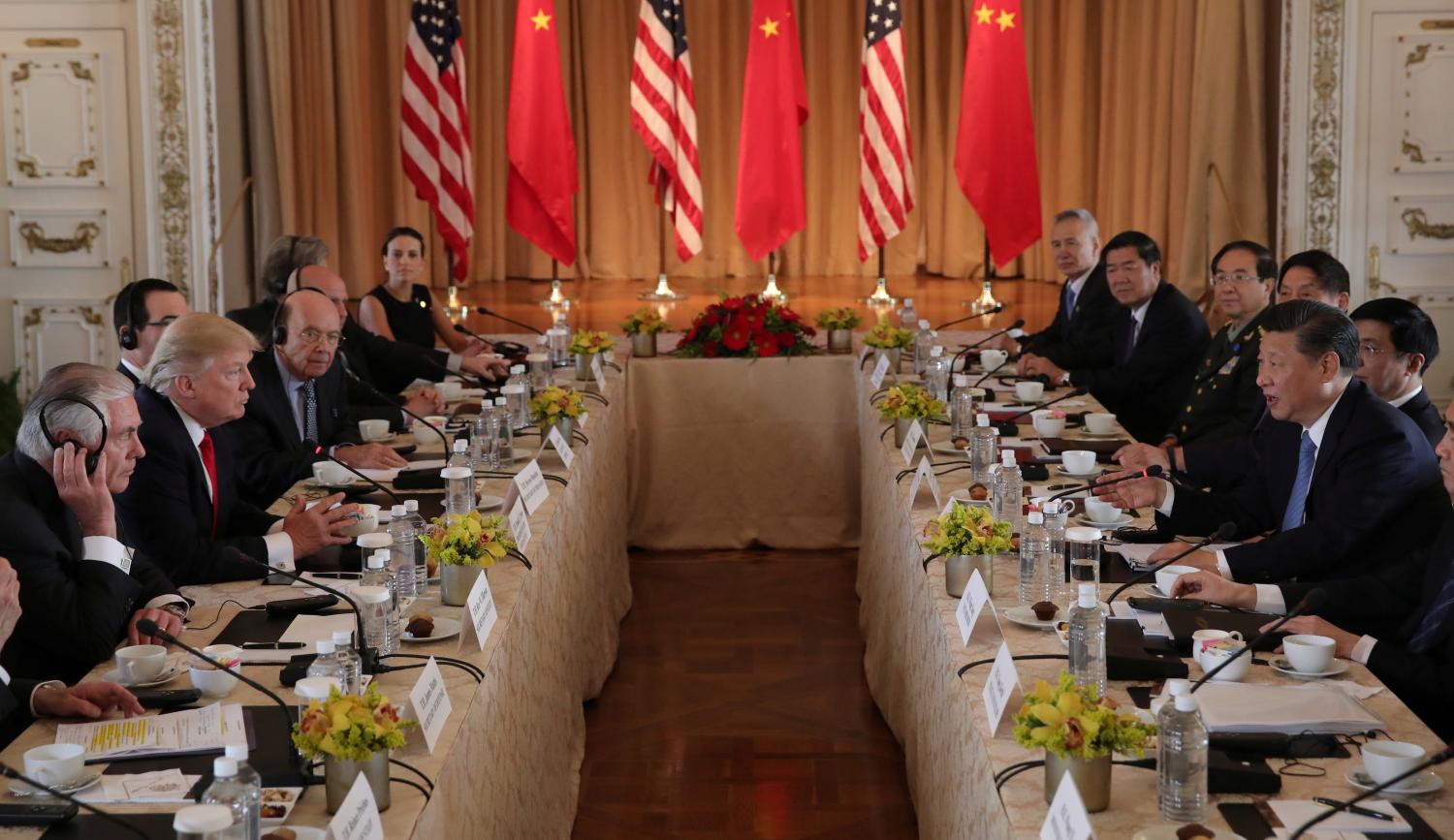
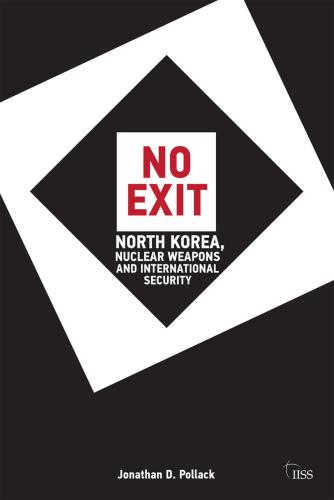

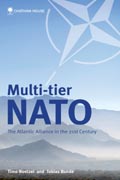
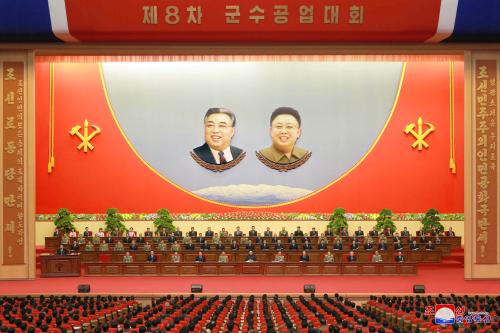
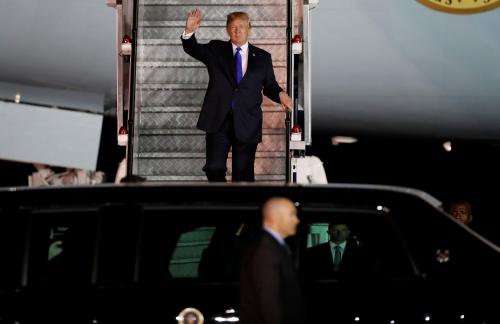
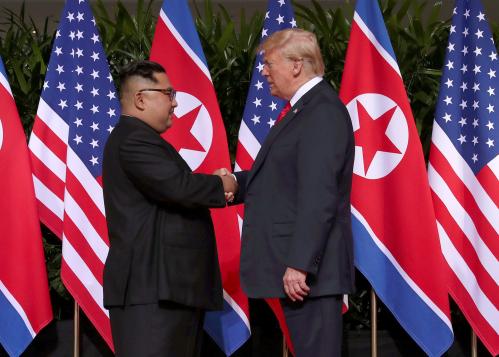


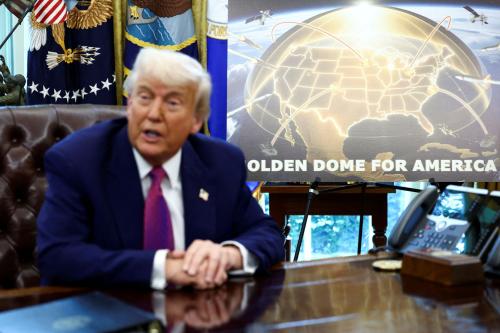
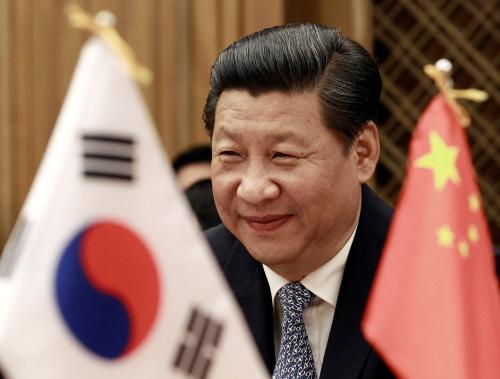
Commentary
Kim Jong-un’s tools of coercion
June 21, 2018